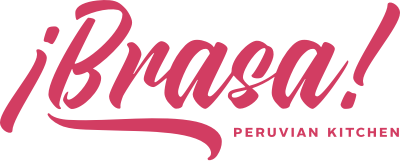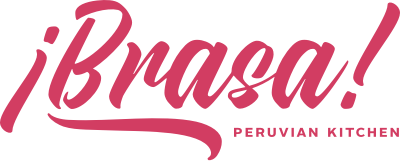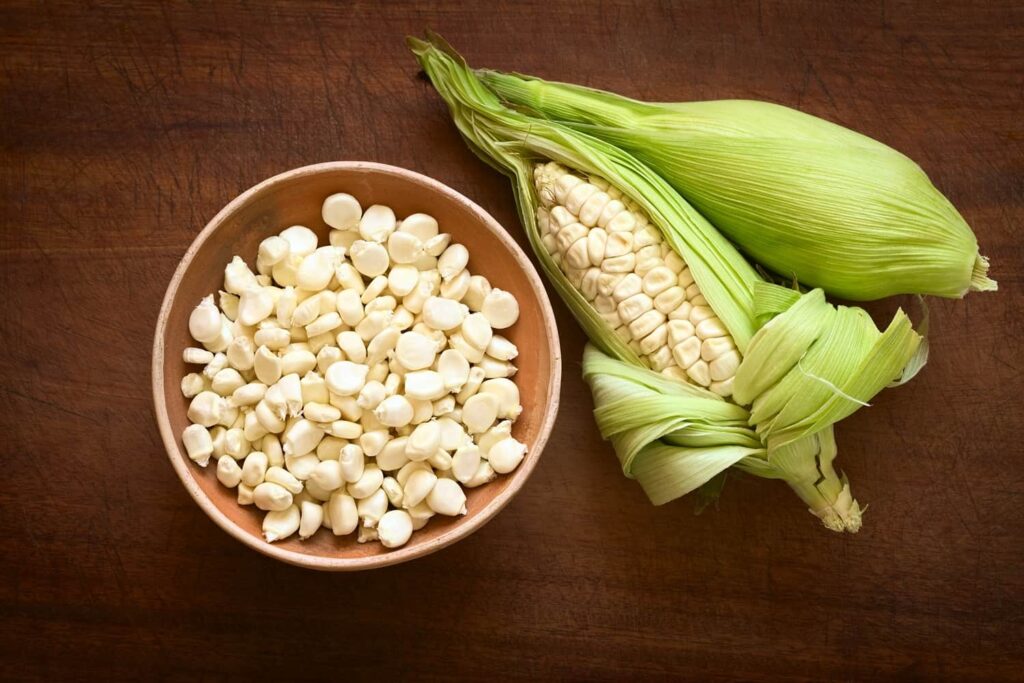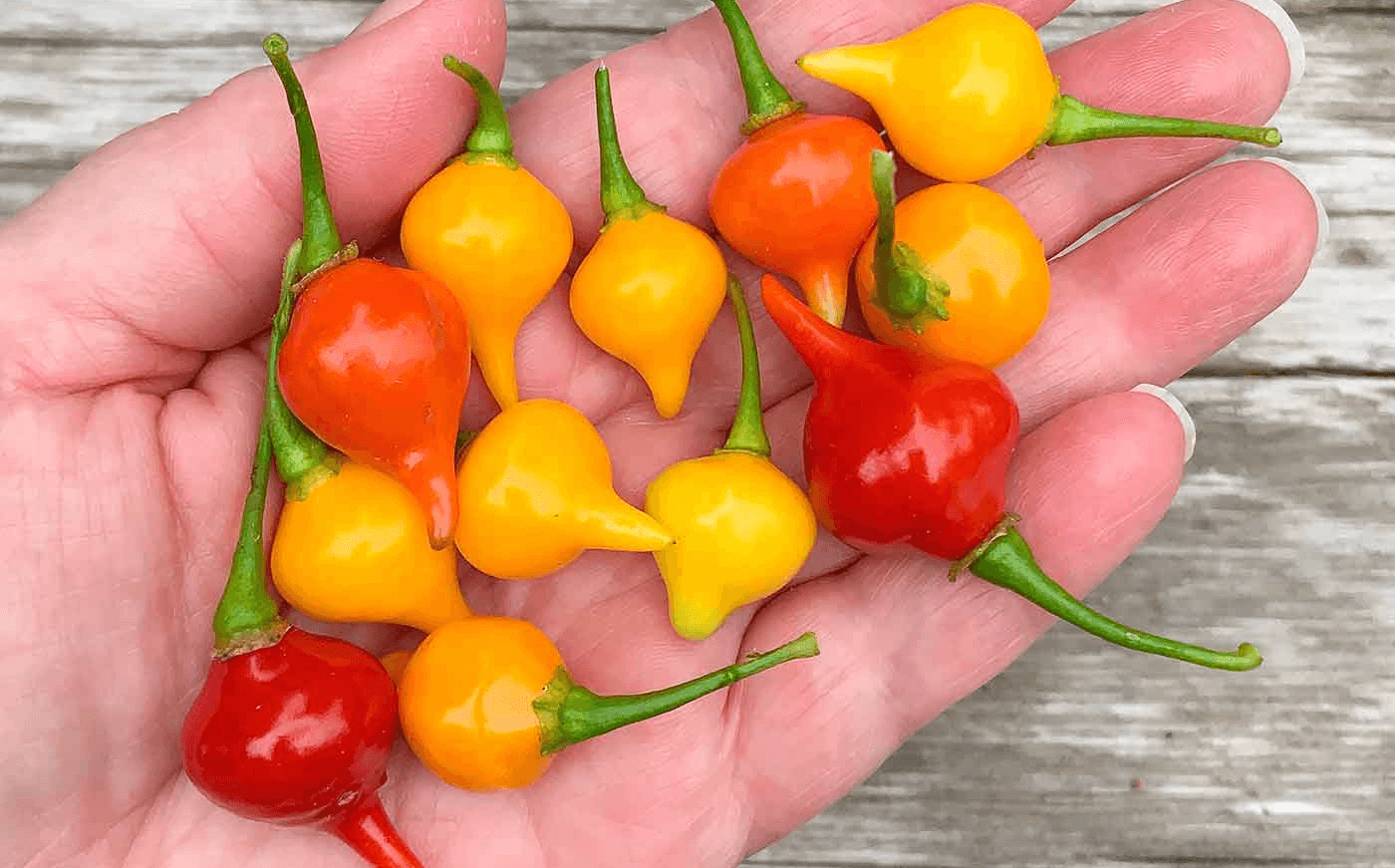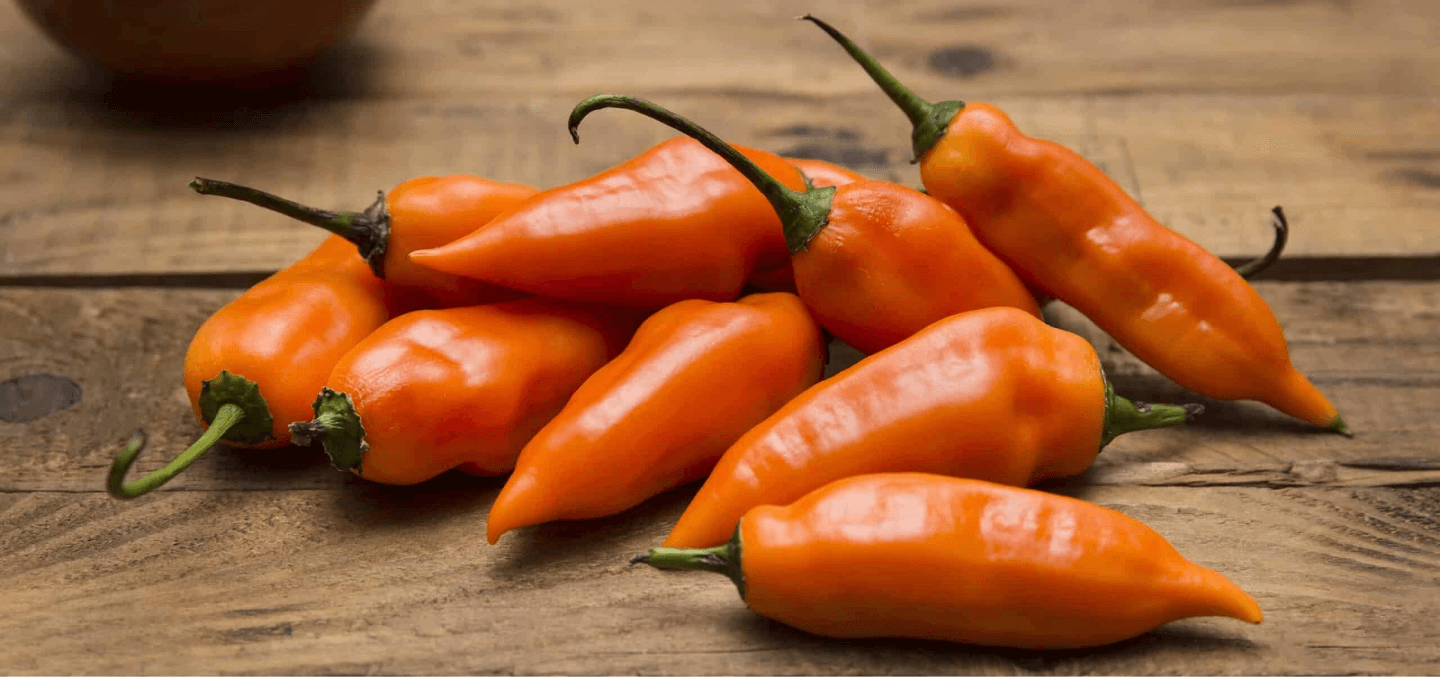The geographic distance between Peru and China is far. But the fact is, they are closely tied when it comes to the gastronomic connection. Take a walk down the streets of Lima and you will find plenty of Chinese restaurants, termed as “Chifa” in Peru.
Actually, that isn’t surprising. Peruvian cuisine is a blend of not only authentic South American dishes but also flavors from Asia, Africa, and Europe. In fact, around three to five percent of the population of Peru has Asian roots.
And guess what?
The first Asians to arrive in Peru were the Chinese.
Note, the wordchifa in Cantonese means “to eat rice”. Later the meaning was altered into “come to eat rice.” Today, you’ll findchifa, in the menu of almost every Peruvian restaurant.
So, let’s take a look at the history of this novel fusion cuisine.
The Chinese Connection
Since slavery was abolished in the 19th century, the plantation owners and guano entrepreneurs in Peru were looking for a cheaper source of labor. Between 1849 and 1874, more than 90,000 Chinese laborers arrived in Peru.
Most of them started working on sugar farms and in the process of extraction of fuel from guana. The more privileged ones worked as carpenters, tanners, or bakers.
For the workers, it was backbreaking work under harsh conditions. In addition, the earnings were meager. Their initial contract was over only after 8 years of labor. Gradually some of the workers got engaged in tailoring, business, and restaurants.
Many small Chinese restaurants emerged around Capón street in central Lima. In later years, this area was designated as the official Chinatown in Lima.
Naturally, the Chinese brought some of their own ingredients like ginger, scallions, and soy sauce. But many of the other main ingredients were absent in Peru. So they started experimenting with local products like potatoes, sweet pineapple, and bananas.
The result was a delightful combination of spices and flavors that has added more colors to the Peruvian food palette in the past century.
In reality, the first non-Chinese to visit these restaurants were members of Lima’s aristocracy. As a result, many of these restaurants had a luxurious interior design. It took some time for the dishes to permeate the layers of Peruvian society and reach the masses.
The popularity ofchifa rose slowly through the late 19th and early 20th centuries. The main dishes included soups, stir-fries, fried rice, and fried noodles mixed with some tangy sauces. Still, until the mid-eighties, the number of chifa restaurants in Peru were limited.
During the economic crisis of the eighties, thechifa restaurants had to cut down the price of the dishes. This madechifa a flavorful as well as an affordable option for the people. When the country emerged out of the crisis in the nineties, there was a dramatic rise in the number ofchifa restaurants.
Consider this- at present, there are around 6000 different varieties ofchifa available in Lima alone. Yes, you read that right.
Here’s the interesting part.
In most parts of the world including the United States, the hybridized Chinese cuisine is a part of the “ethnic” or “international,” dishes.
However, Chinese influence throughchifa has become an integral part of the Peruvian gastronomic culture. What makes it unique is the perfect blend of flamboyant specialties.
Best Examples of Chinese Fusion
Walking through the lively ambiance of Lima’s Chinatown is a must-have experience for all foodies. Imagine spicy aromas wafting out from the colorful restaurants and a lively ambiance. Quite simply, the perfect setting for enjoying mouthwatering dishes.
But keep in mind, the portions offered are on the larger side. So make sure you order the right quantity while dining alone. Also, don’t forget to add Inca Kola to your order. Made from a South American herb, this drink is the king of all beverages in Peru.
Here are some of the Chinese-Peruvian dishes that are a must-try when in Peru.

Arroz Chaufa
The wordChaufais derived from the term “chao fan”. That literally means fried rice in Cantonese. It’s one of the most popular Chifa dishes that come with rice with vegetables, Chinese onions, garlic, and ginger. Other additions include eggs, chicken, pork, and steak.
Tallarin con Pollo
This dish is made of special yellow noodles prepared with eggs and chicken. The other ingredients include Chinese onions, vegetables, ginger, and soy sauce. This is one of the more spicy dishes of Peruvian gastronomic culture. There are multiple variations of this dish available with varying degrees of Peruvian touch.

Lomo Saltado
This is another classic combination of Chinese and Peruvian flavors. The main dish consists of rice with strips of beef and stir-fried with onions, parsley, and tomatoes. The beef is marinated with vinegar, soy sauce, and spices to add special flavors. Finally, Andean potato wedges and juicy tomatoes are used as toppings. A perfect fusion!
Kam Lu Wanton
Another popular dish that combines sweet and salty flavors to perfection. It consists of stuffed wontons, shrimp, and pork, topped with sweet ginger and tamarind sauce. Pineapples, onions, and a mixture of other vegetables are also added.
To Conclude
One thing is for sure.Chifais one of the best examples of inter-continental culinary fusion. Moreover, the recipes are still being altered to suit the latest trends.
For example, manychifa dishes are consumed with the traditional Peruvian spicy ají sauce. The rise of vegetarianism is also bringing in a transformation in the dishes.
In the past years, the popularity ofchifa has extended beyond the borders of Peru. Chinese restaurants have also opened up in Ecuador, Bolivia, and Chile.
By adding new colors to the indigenous traditions of Peruvian cuisine,chifa has become a true delight for all food adventurers.